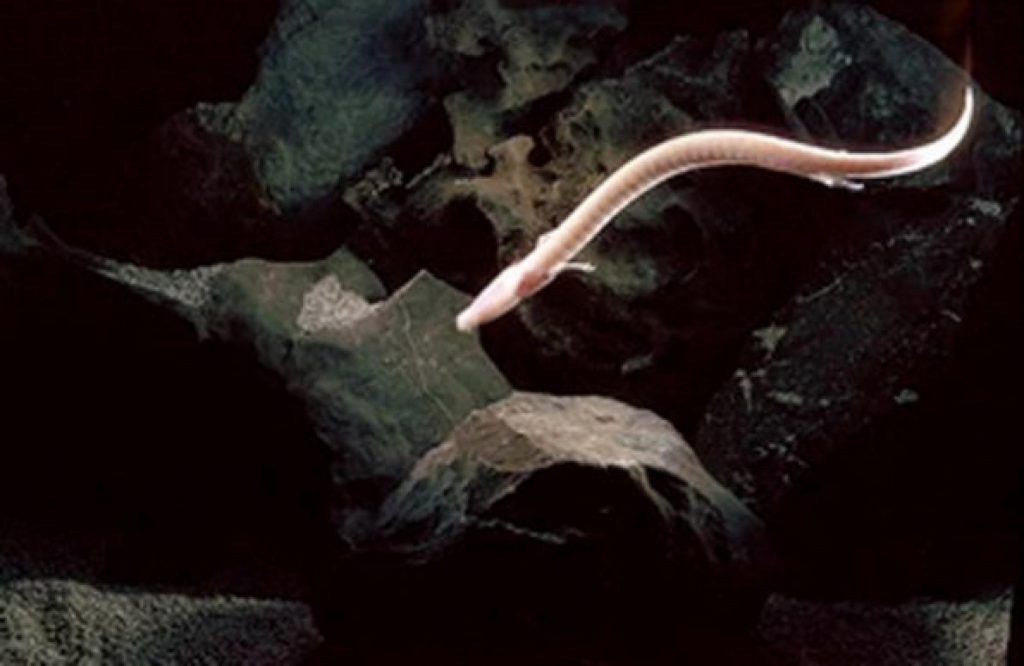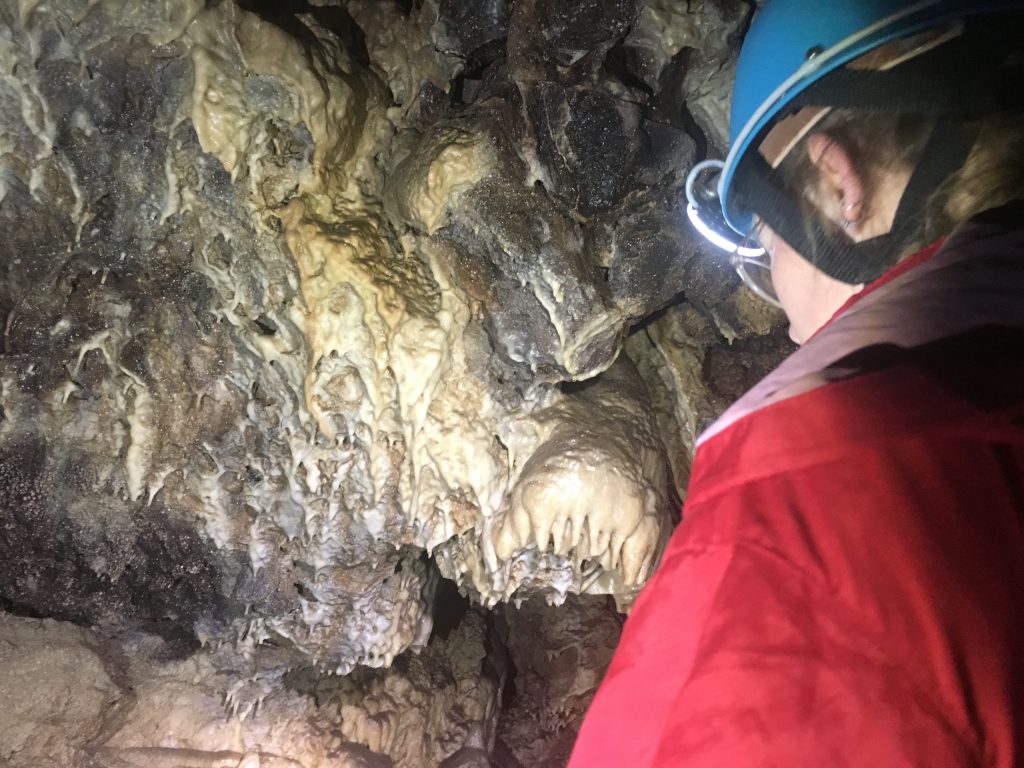Collaboration with Brian Lewarne and Proteus Project
In our inaugural season, we have had the great pleasure of a summer-long partnership collaborating on “the Proteus Project” together with Brian Lewarne and the Devon Karst Society. For the last 20 years the Devon Karst Society have been performing scientific research on the endangered proteus or olm species (Proteus anguinus anguinus) in Bosnia and Hercegovina, in collaboration with the Caudata Hungarian Cave Research and the Trebinje Green Hills Speleological Society.
This long-term ecological research and conservation project has focused on understanding the complex habitat of this rare species. This furthermore conveys the importance of conservation and protection measures of the vast interconnected drainage and cave systems found under the Dinaric Alps. The Devon Karst Society’s work has focused on the Trebisnjica river basin specifically, where the proteus is known to reside.

The proteus is a blind amphibian endemic to the subterranean waters of caves of the Dinaric karst of Central and Southeastern Europe. It lives in the waters that flow underground through this extensive limestone region.
This unusual amphibian is blind, lives to 100, and goes ten years at a stretch without food. It lives in the subterranean waters of Italy, Croatia and Bosnia and Herzegovenia. Unlike most amphibians, the olm lives in the water for its whole life. Other oddities of the olm: its neotenic (larval) gills and its strange, human-like skin. Its nickname, in fact, is the “human fish”.

Unfortunately, The Devon Karst Society has concluded that the water quality and hydrological conditions in the region have declined in the past several decades due to human development patterns, changes to the natural river courses, and challenges with waste management and disposal. Many of our residents have participated in field days across Hercegovina, helping with everything from bush clearing around ponors and estevelas, to water monitoring of the cave lakes and even discovering new cave entrances and other karst geological features in the poljes around Trebinje. Learning about the endangered proteus and all of the other fascinating and rare cave-dwelling wildlife has given us a new perspective of the rare and wonderful ecosystems to be found near Orah. The experience has been enormously eye-opening for all involved and we look forward to continuing to work with Brian and the rest of the team.

Our resident, Jennifer Dowdell – a landscape ecological planner, worked with Brian this October to prepare an ecotourism map of one protected area where proteus habitat is known. Jennifer has enjoyed several trips out into the poljes around Trebinje with Brian, learning about the unique ecosystem where proteus is found, the history of work that past scientists and engineers have done to preserve the ponors(sinkholes), vrelos(springs), and estevelasfound in the karst geology, and the incredible caves where the proteus may be found. We are so fortunate to have made this connection with the scientists working on documenting and celebrating these beautiful ecosystems and the incredible variety of wildlife found both above and below the surface in the Trebisnjica River basin.































